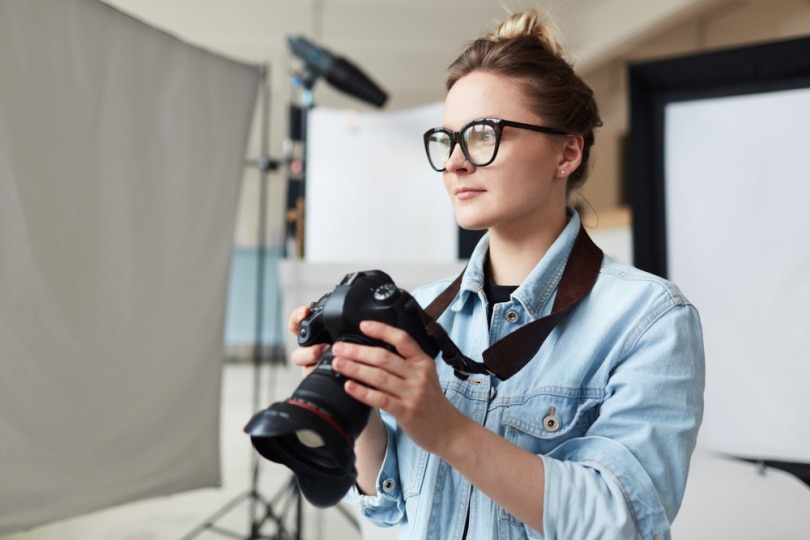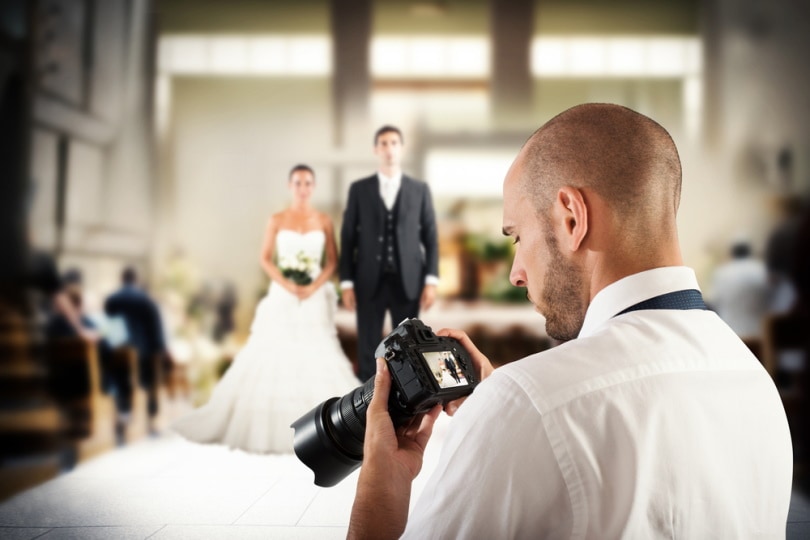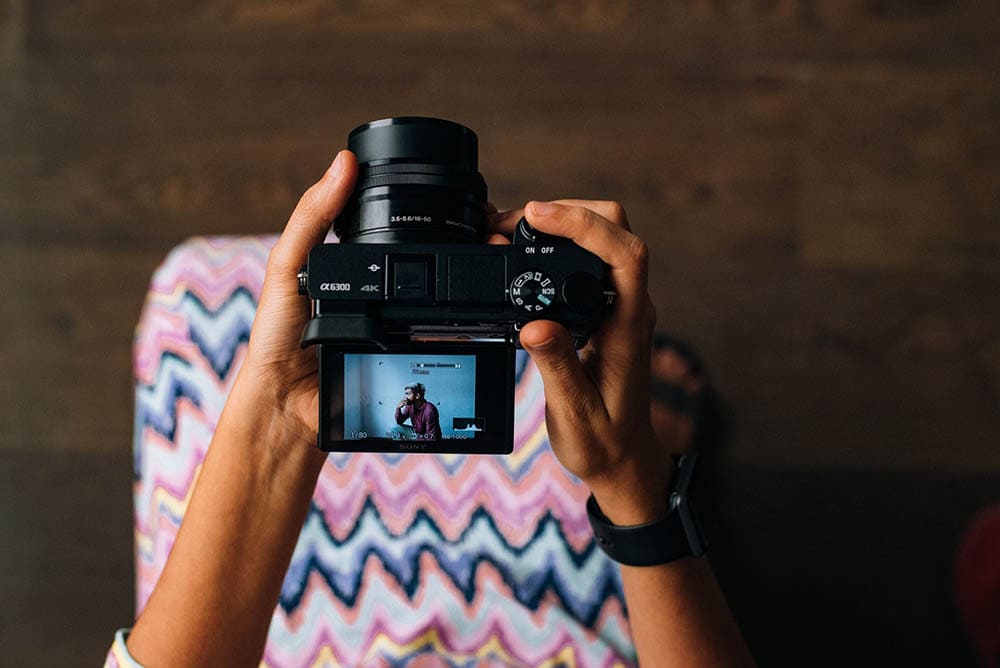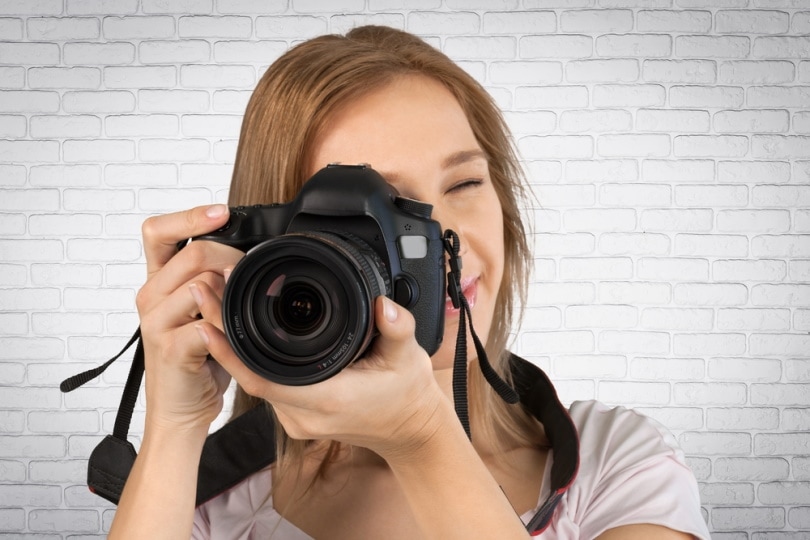How To White Balance a Camera: 8 Critical Tips and Tricks
Last Updated on

White balance, which involves controlling how colors are captured when using a camera, is one of the most important factors for beautiful photographs. A camera using the correct white balance will produce shots that match the natural colors of any object, regardless of the light source. White balancing eliminates unwanted color casts that make colors look unnatural and can ruin an otherwise great photo.
Considering how many different light sources there are, it’s no wonder that white balance is essential to producing eye-popping photographs. Light sources influence every photo, from direct sunlight to tungsten, fluorescent lights, flash bulbs, and even the light on cloudy days. Getting your photos’ true colors to shine through would be impossible without white balance. To get your skills on point, we’ve gathered eight tips and tricks to help you easily and quickly white balance a camera.

The 8 Top Tips and Tricks to White Balance a Camera
1. Manually Set White Balance Using the Kelvin Setting
Most modern cameras allow you to manually adjust the Kelvin (K) on your camera. Kelvin refers to a unit of color temperature measurement. Every light source emits a color temperature that you can measure in Kelvin (K). The flash on a camera is about 5,000 K, while a candle is much lower at 1,500K. When you use the Kelvin (K) setting on your camera, you consider the temperature your light source is emitting, controlling how the final colors will look. You can set a new white balance on your camera using the K feature in seconds.
2. Always Have a White Sheet of Paper Handy on Photos Shoots
Many new photographers are under the impression they need fancy equipment to balance their camera’s colors, but that’s not true. One excellent trick is bringing a plain, white sheet of paper with you on photo shoots. Before you start snapping the shutter, take a pic of the white paper and use it to balance the color conditions on your camera in seconds. This trick is great if you’re shooting in natural but changing light conditions all day. When the lighting changes as the day progresses, you can take a few shots of your white sheet and balance your camera’s colors on the fly.

3. Use a White Balance Lens Filter
Lens filters have been used for decades in photography, and white balance lens filters are among the most popular. With a white balance lens filter, you simply choose the lens filter you want to use and, on most cameras, screw it onto the lens. Depending on what and where you’re shooing, you may also be able to hold the lens filter in front of the lens with your hand without even attaching it. Be sure, of course, to keep your fingers out of the shot. There are a wide variety of lens filters for white balance; some are more expensive than others.
4. Let Your Eyes Adjust to the Light Source
Depending on where and how long you’ve been shooting photos, your eyes might start seeing colors differently. That’s especially true if you’ve been out taking photos in the bright sunshine, which can change how the rods and cones in your eyes see the light. Wherever you shoot, be sure to give your eyes a few minutes to adjust.

5. Shoot Your Photographs in RAW Mode Using AWB
Today many photographers don’t use the white balance on their camera but take all of the photos in RAW mode using AWB and edit them later using their photo editing app. Some professional photographers believe that adjusting the white balance before shooting is still necessary. According to Rob Shephard, a columnist for Outdoor Photographer magazine, “When you are shooting RAW, there is still a white balance set remembered by the file.” Shephard says that the preview JPEG is thus influenced by the previous white balance setting and can be incredibly misleading to the photographer. For that reason, shooting in RAW with AWB (auto white balance) enabled is preferred, and you can check the JPEG and ensure the resultant color temp is what you desire.
6. Make Sure Your Camera Screen Is Calibrated
One problem with many cameras is that the colors on their screen are much different from the natural colors entering their lens. This difference can be subtle in some cases and obvious in others, though all point to a need to do a quick screen calibration. The good news is that, on most modern cameras, screen calibration is one of the built-in features and can be changed in the wink of an eye (or the snap of a shutter). Many cameras allow you to calibrate for colors, brightness, and other factors, but your success depends on your familiarity and expertise with your particular camera.

7. Use “Cloudy” and “Shade” Settings Outside in Full Sun
If you want to use AWF but want your outdoor photos to be a bit warmer, you can set your camera’s AWF to “shade” or “cloudy.” Depending on the light and subject, the resulting photos will be on the warmer side, which might be just what you are looking for. If not, you can easily change the setting back again.
8. Tell Your Camera to Use your Reference Photo
If you’ve been using Tip 2 and taking a photo of a white piece of paper but can’t get your camera to use the reference photo, here’s how. Look for “Custom WB” in your camera’s menu. When you find it, hit the “set” button. Your camera will then show you the last photo you took, which should be your reference photo. If you don’t see the reference photo, rotate your camera’s thumbwheel until you do. Once you find it, press the “set” button again, and you’re ready. Your camera will now use that white balance for any new photos you take.

What are the Typical White Balance Presets on a Camera?
Unless you’re using a classic or vintage camera, today’s modern digital cameras give you many white balance options for several lighting conditions. Some have more or fewer options depending on the brand and model camera, but most include the common presets listed below. (We also note the icon each typically uses.)
- Auto (A): The auto white balance (AWB) setting is the easiest and fastest to use. Many photographers who take their photos in RAW mode do it with AWB selected.
- Incandescent (light bulb): These are tungsten bulbs that can make things look too blue.
- Fluorescent (glowing tube): Fluorescent lights make your pic look yellow. Some cameras have multiple settings for the different fluorescent light types.
- Direct Sunshine (sun): Used outside in the full sun or when the sun is on your subject.
- Flash (lightning): Use when your camera’s flash provides most of the light.
- Cloudy (cloud): On cloudy days and in some shade conditions, this setting is best.
- Shade (shadow): Shade can be a bit warmer than cloudy, making this setting preferable when shooting sunsets and shaded subjects.
- Kelvin (K): As we mentioned, the Kelvin setting gives you complete control over your camera’s white balance from 2,500K to 10,000K.

The Most Common Lighting Situations and their Corresponding Kelvin Number
There are many lighting conditions, but most fall near the 12 conditions listed below. We’ve listed them with their corresponding Kelvin number to give you a better idea. Remember that the lower the number, the “warmer” the photo will be, while a higher number will be cooler.
- Candlelight: 1,900 K
- Incandescent bulb: 2,700 K
- Sunrise (Golden hour): 2,800 to 3,000 K
- Halogen bulb: 3,000 K
- Moonlight: 4,000 K
- White LED bulb: 4,500 K
- Mid-day Outside: 5,000 to 5,500 K
- Flash: 5,500 K
- Cloudy: 6,500 to 7,500 K
- Shade: 8,000 K
- Heavy Clouds: 9,000 to 10,000 K
- Clear, Blue Skies: 10,000 K


Conclusion
White balance is one of the most vital settings on your camera. When set correctly, white balance ensures that the colors you see with your eyes will be the same colors displayed in your photographs. You can also use white balance to get creative and color your photos any way you like. We hope today’s 8 tips and tricks for how to white balance a camera have been useful and educational and will help you take fantastic, well-balanced, and beautiful photographs in the future.
Featured Image Credit: JESHOOTS-com, Pixabay
Table of Contents
- The 8 Top Tips and Tricks to White Balance a Camera
- 1. Manually Set White Balance Using the Kelvin Setting
- 2. Always Have a White Sheet of Paper Handy on Photos Shoots
- 3. Use a White Balance Lens Filter
- 4. Let Your Eyes Adjust to the Light Source
- 5. Shoot Your Photographs in RAW Mode Using AWB
- 6. Make Sure Your Camera Screen Is Calibrated
- 7. Use “Cloudy” and “Shade” Settings Outside in Full Sun
- 8. Tell Your Camera to Use your Reference Photo
- What are the Typical White Balance Presets on a Camera?
- The Most Common Lighting Situations and their Corresponding Kelvin Number
- Conclusion
About the Author Greg Iacono
Greg Iacono is a self-taught writer and former chiropractor who, ironically, retired early due to back problems. He now spends his time writing scintillating content on a wide variety of subjects. Greg is also a well-known video script writer known for his ability to take a complex subject and make it accessible for the layperson.
Related Articles:
How to Collimate Binoculars: 9 Expert Tips
How to Clean a Refractor Telescope: Step-by-Step Guide
How to Clean a Telescope Eyepiece: Step-by-Step Guide
How to Clean a Rifle Scope: 8 Expert Tips
Can You Use Binoculars to Look At Stars? How to Choose the Right Pair
How to Choose Binoculars for Bird Watching: 10 Expert Tips
Monocular vs Telescope: Differences Explained (With Pictures)
What Is a Monocular Used For? 8 Common Functions
